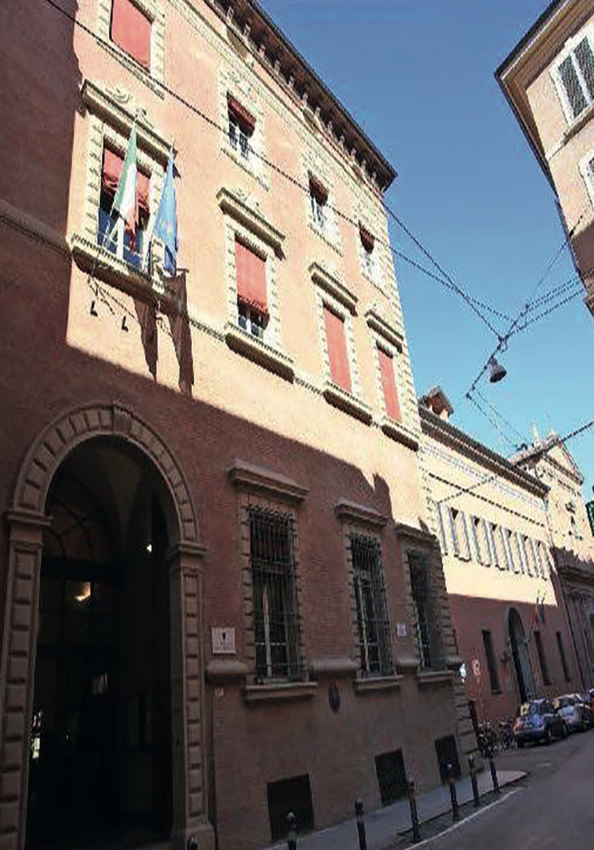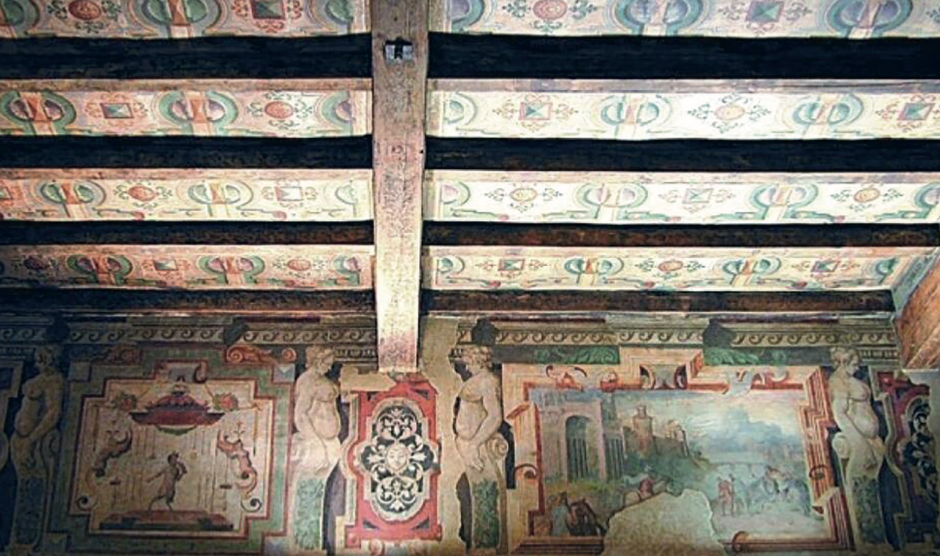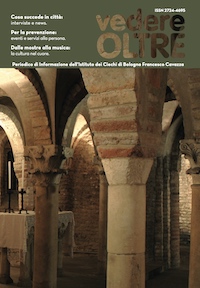Here we are at another appointment to discover the long-gone theatres in Bologna. This time we walk along the current Via Nazario Sauro and reach the Lambertini palace, which is today the Minghetti secondary school. This is where, in 1770, the owners of the Taruffi family decided to open a theatre.

The venue is “small, but gallant,” as the chronicles said, and from 1797 it was set up for the private exhibition of amateur companies, to be then converted two years later to musical opera, with a preference for the comic genre. With 44 boxes arranged in three rows, endowed with beautiful costumes and remarkable scenography, modest prices are practised and “good taste and magnificence compete.” After the opening title, Il Furbo contro il Furbo by Valentino Fioravanti, there followed playful dramas by Domenico Cimarosa and Giovanni Paisiello, interpreted by famous singers. However, the theatre was closed for nine months with the arrival of the French in 1800, then resumed its activities under the Austrian Imperial Regency with La Pamela Nubile by Cesare Pavesi, repeated for thirty consecutive nights.

Even though the performances were very popular, they generated too little revenue because of the venue’s low capacity, so the quality gradually decreased, and the place became once again the home of companies of amateur actors. It was Taruffi himself who decided to close the doors at the end of 1805, at the same time as the beginning of programming at the new Teatro del Corso, even though the Prefecture believed that the decision was inspired more by economic reasons than by “superstition and misunderstood religion, and contrary to the political views that recognize in the existence of theatres a means of promoting customs and useful knowledge and the Arts.” In 1806, finally, a note of the Artistic Productions Direction declared definitively over the activities of the Taruffi theatre: the scenic materials collected from the demolition were bought by Giuseppe Majocchi, who used them to set up Cento’s public theatre.





.png)